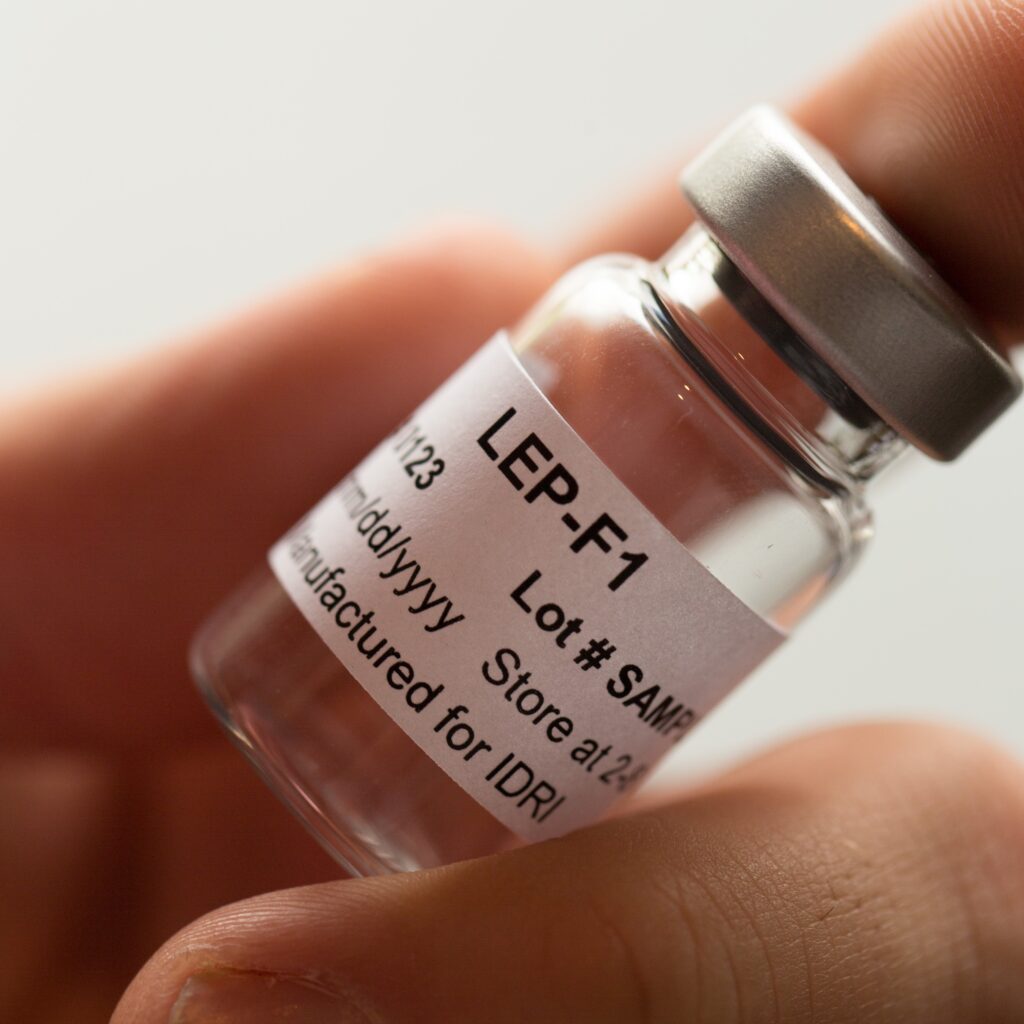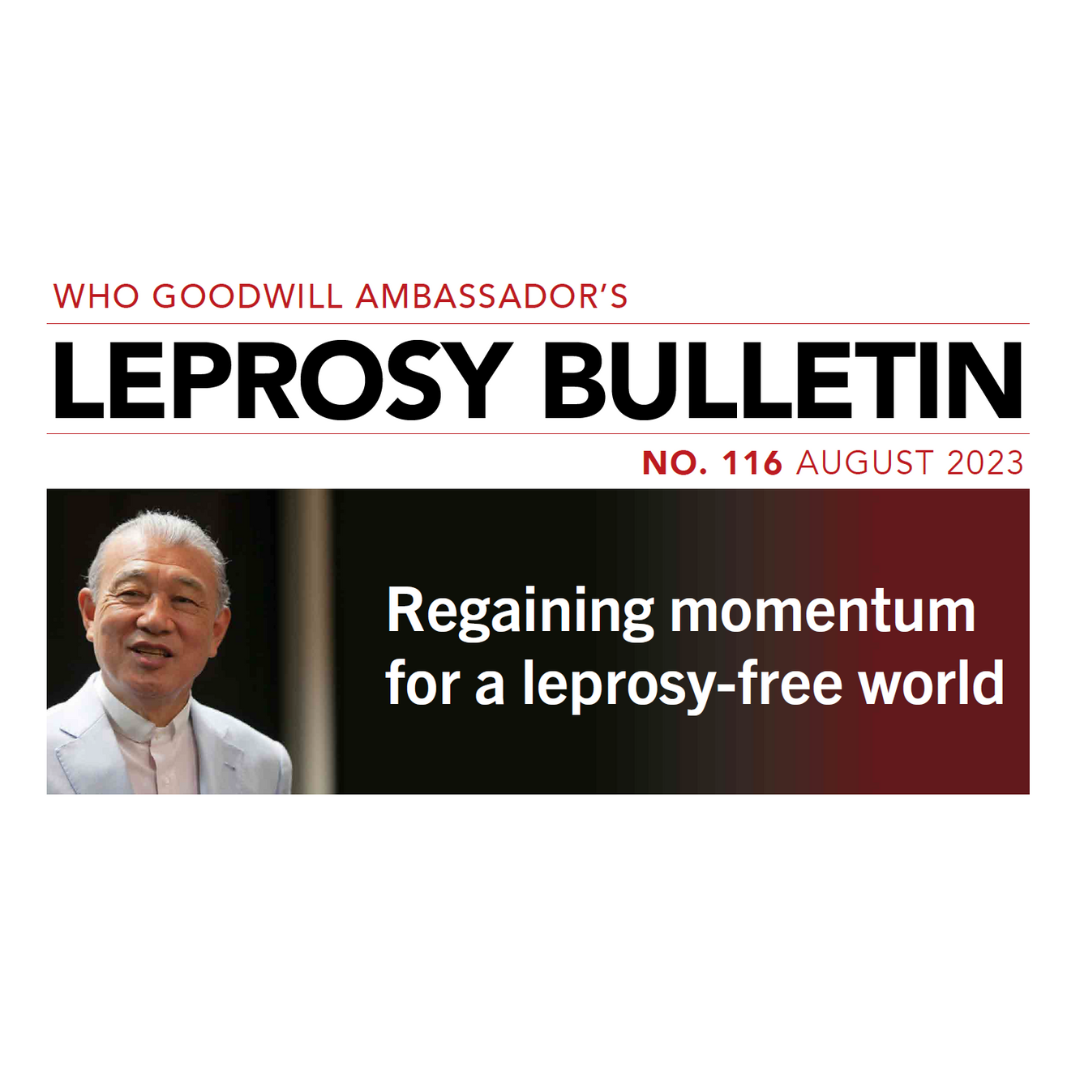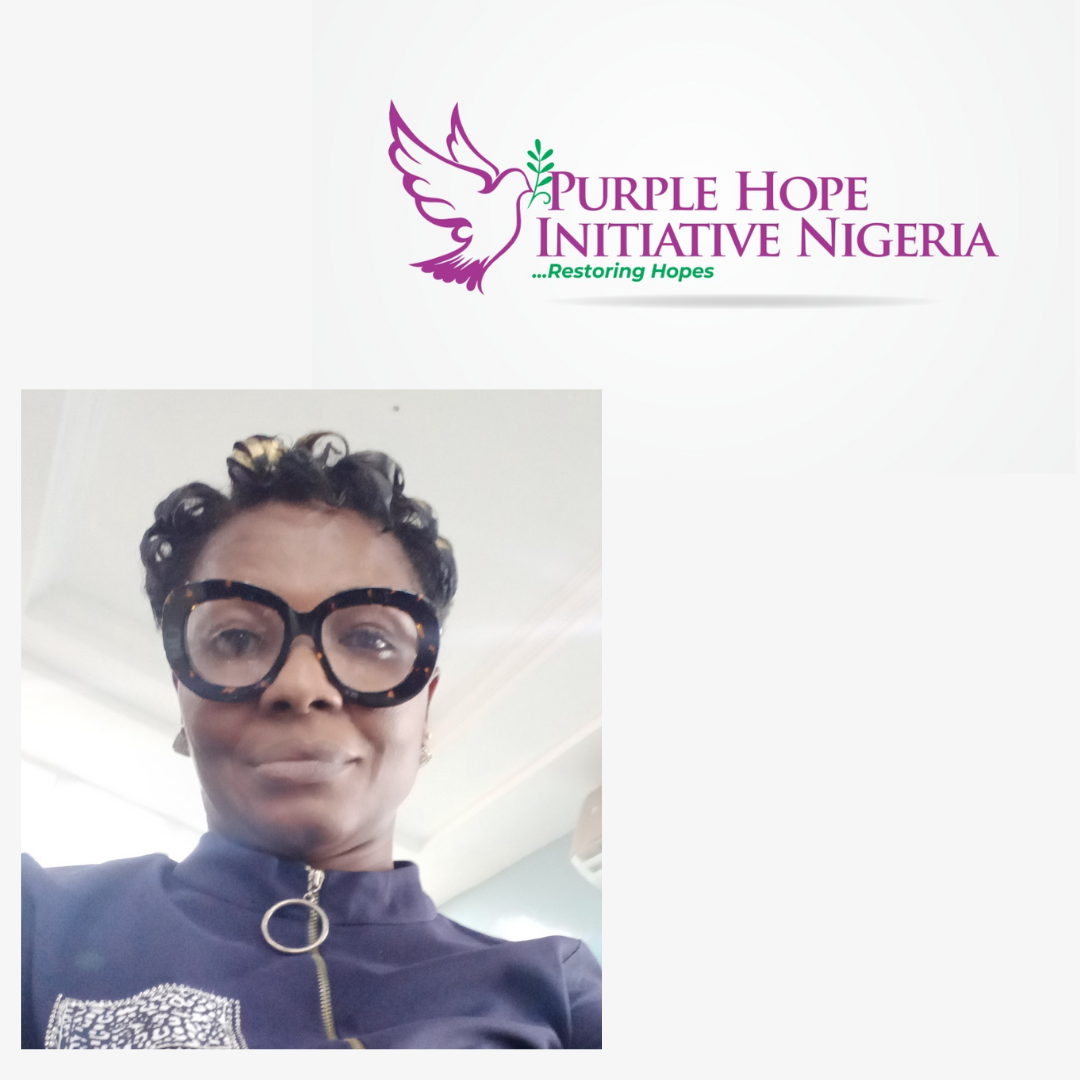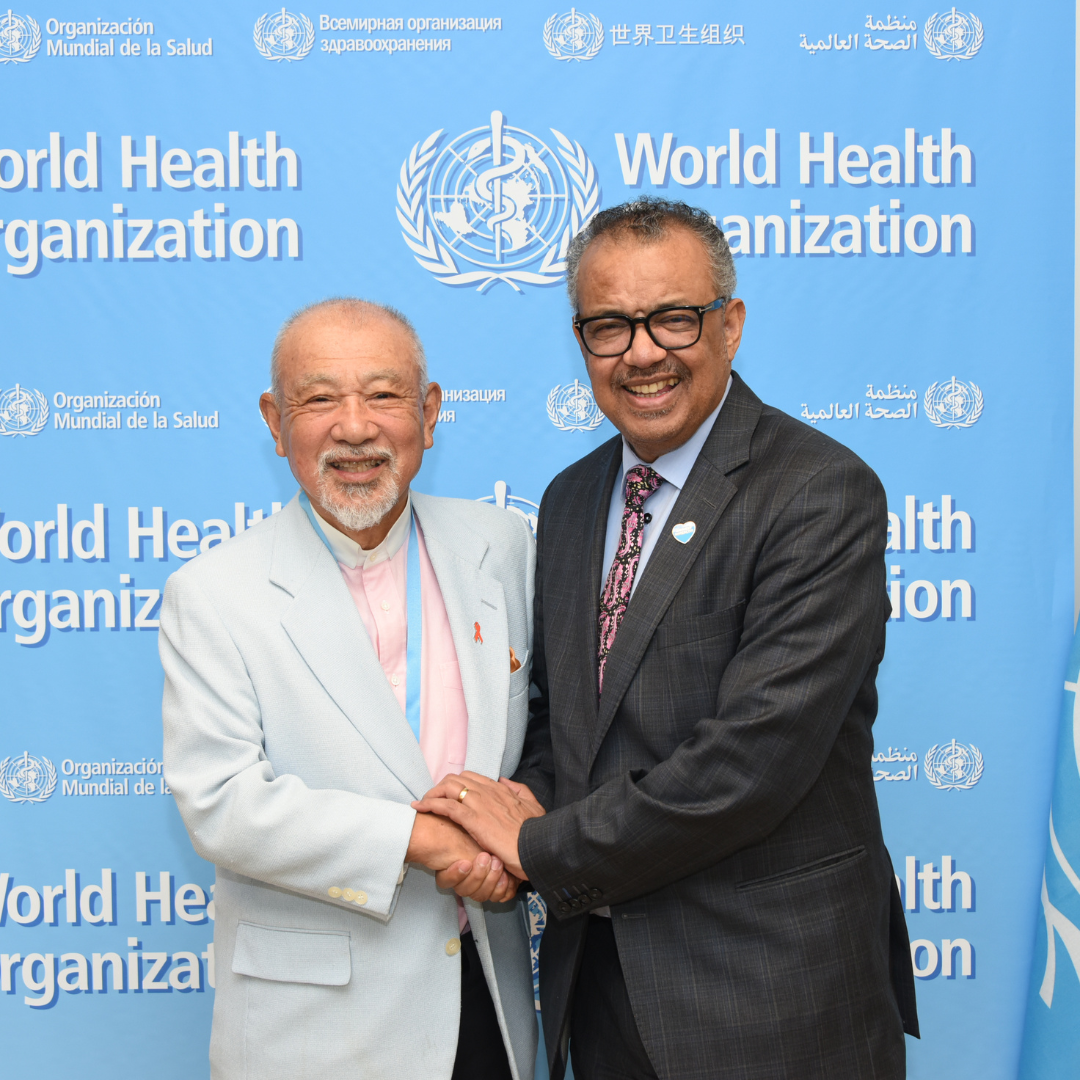
Stefanie Weiland
Executive Vice President of Programs, American Leprosy Missions
Stefanie Weiland oversees all programs at American Leprosy Missions (ALM), the oldest and largest Christian organization in the United States dedicated to breaking barriers to health and restoring hope for people suffering from the pain and stigma of neglected tropical diseases like leprosy.
https://leprosy.org
For more than 100 years, doctors and scientists have labored to find ways to prevent and treat leprosy. From chaulmoogra oil in the early 1900s to sodium glucosulfone (promin) in the 1940s to the introduction of dapsone in the 1950s, there was limited success at treating this debilitating and isolating disease. Since 1981, the World Health Organization (WHO) has recommended implementation of multidrug therapy (MDT) with dapsone, rifampicin and clofazimine, which has cured more than 16 million people. Yet MDT cannot reverse neuropathy nor prevent leprosy transmission. WHO’s Global Leprosy Strategy 2021–2030 recognizes that “Passive case detection and treatment with MDT alone have proven insufficient to interrupt transmission. … Trials of … new vaccines, including LepVax … , may result in an important new tool for leprosy prevention … ” (p16).
The quest begins
In 2002, ALM began the search for the world’s first leprosy-specific vaccine. In early studies, armadillos were used to test the candidate vaccine, which was named LepVax. After nine months, only 12.5% of vaccinated armadillos had suffered nerve damage, compared with 87.5% in the unvaccinated group. Moreover, a good immune response and bacilli reduction were observed in vaccinated mice and armadillos. Results indicated that LepVax had the potential to prevent, and even treat, leprosy.
With these exciting results, the U.S. Food and Drug Administration approved LepVax for a first-in-human clinical trial in the U.S. By 2019, the Phase 1a clinical trial with healthy adults had been successfully completed. The study showed that the vaccine was safe and elicited strong immune responses.

Next steps: Testing in Brazil
The next step is to study LepVax in people living in a leprosy-endemic area. For the Phase 1b/2a clinical trial we selected as partners Brazil’s Oswaldo Cruz Foundation (Fiocruz), the most prominent institution of science and technology in health in Latin America. The trial will evaluate LepVax safety and immunity, and it may address the vaccine’s preliminary effectiveness as a therapeutic vaccine for treating leprosy. The trial will enroll healthy participants and patients with pauci-bacillary leprosy.
In 2021, ALM filed regulatory paperwork with the Brazilian National Health Surveillance Agency, ANVISA. We anticipate ANVISA approval by late 2022, with results from the two-and-a-half-year study expected in 2025.
Closer than ever to ending leprosy
With LepVax’s promising results, we are closer than ever to ending leprosy burden and transmission. Recent epidemiological modeling indicates that if LepVax is rolled out between 2028 and 2040, 823,000 new cases of leprosy-related disability could be prevented and transmission intercepted.
When I recently spoke with Artur Custodio Moreira de Sousa, MORHAN National Coordinator and Member of the Health Surveillance Commission of the National Health Council – MOH, Brazil, he said, “We need innovation like this vaccine to end Hansen’s disease.”
The millions of people affected by leprosy are eagerly awaiting new tools like a leprosy vaccine to bring an end to this disease’s debilitating effects. We believe LepVax will be an innovative new way to stop the transmission of leprosy and the only way to protect people long term. We are seizing this historic opportunity to help end leprosy and leave a lasting legacy.









